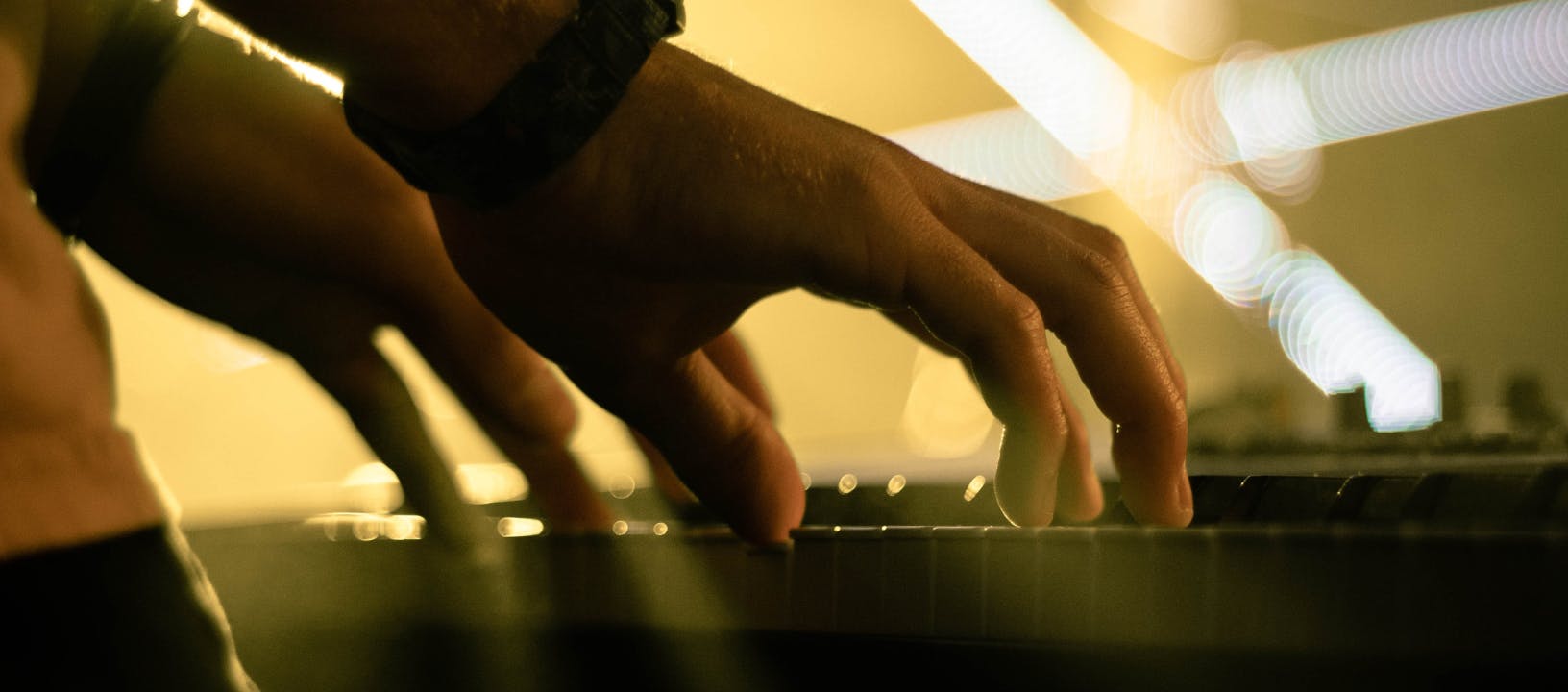Sixth Chords
Sixth chords are key to a lot of music, often used to connect sections and bring a feeling of hope to a song. We introduce the sixth note and show how it's used to build sixth chords.
Last updated on 14 Aug 2023
You'll gain the most from this article if you have a basic knowledge of major and minor chords, pop chord progressions, and chord inversions. If you aren't familiar with these concepts, take a look at our guides to Major/Minor Chords, Pop Chords, and Chord Inversions.
Sixth chords are key to a lot of music, often used to connect sections and bring a feeling of hope to a song. Here we introduce the sixth note and show how it's used to build sixth chords. We cover how sixth chords sound and where you can find them in some famous songs, before ending with a note on inversions.
How do you build a sixth chord?
A sixth chord is a major triad with the sixth note added. This is why you may also see it referred to as an "added sixth chord."
So what is the sixth note? There are seven notes in any scale, named for their position relative to the root note. We'll use a C-major scale as an example:
When building a sixth chord, we're interested in the sixth note in the scale: nine semitones above the root note, two semitones above the fifth.
How do you play sixth chords on piano?
For a major sixth chord, the starting point is a major triad. As always, it's made up of the root note, the major third, and the fifth. Here's a C-major triad:
To make a sixth chord, you simply add a sixth note. In our example, this turns the C-major triad into a C-major 6 (C6) chord, which sounds like this:
What do sixth chords sound like?
A sixth chord is easy on the ear, as the sixth note has no jarring dissonances in it (unlike seventh chords or augmented/diminished chords). That said, it still sounds a little "unfinished" compared to a major chord, so we still expect it to resolve.
What songs use sixth chords?
The Beatles – Let It Be
The Fab Four loved to hide complex chord structures underneath pop melodies and used a lot of sixth chords. In this flowing piano ballad, the sixth chord is used twice in each verse—toward the end of the progression, before it repeats the root chord. You can hear it on the word me in both "Mother Mary comes to me" and "standing right in front of me."
Elton John – Your Song
The same year, Sir Elton used a sixth chord in a similar way to the Beatles in his own timeless piano ballad. The difference is that he holds onto that hopeful feeling longer. Listen for it at the end of the chorus, after the heart-melting "I hope you don't mind that I put down in words." That moment of pause on words? That's a sixth chord.
Johann Strauss II – The Blue Danube
This bouncy Romantic-era classic used the sixth chord in an uplifting way, long before we even thought of chords as "progressions." It's the fourth chord, spread out across both hands. If you're looking at the sheet music or using the flowkey app, you'll find it in bar 14.
Inversions of a sixth chord
We cover inversions fully in this article, but the sixth chord has a particular quirk that earns it a special mention. If you aren't familiar with inversions, we'd recommend you take a look at the article, then come back here.
Let's look at the C major 6 (C6) chord in root position. The notes are C, E, G, A.
Now, let's look at an A minor 7 (Am7) chord (in root position). The notes are A, C, E, G.
The notes are the same, only in a different order. So it follows that by playing a different inversion of Am7 it will become a C6 chord, and vice versa.
For example, the first inversion of an Am7 chord (Am7/C) moves the A note an octave above and makes the lowest note a C. This means that the notes are C, E, G, A: the same as the C6 chord above.
The same goes the other way around. The third inversion of a C6 chord (C6/A) moves the first three notes an octave above and makes the lowest note an A. This means that the chord is played A, C, E, G: the same as the Am7 chord above.
There are plenty of examples like this where an inversion transforms one chord into another. Hopefully it goes to show that the technical term for a chord matters less than how you use it.
Read next
Ninth Chords
Ninth chords are a surefire way of making piano music feel rich and a little magical. If you love dreamy sounds, they can be a valuable part of your playing repertoire. Here's what you need to know.
Seventh Chords
The next part of our series explains how 7th chords shape the mood and texture of piano music across almost all genres.
Chord Inversions
The first part of flowkey's guide to chords begins, as we untangle the theory behind inversions and explain concepts like the root note and root position.
Major and Minor Chords
Major and minor chords are the building blocks of Western music, and the starting point of harmony and chord progressions in almost all genres.
